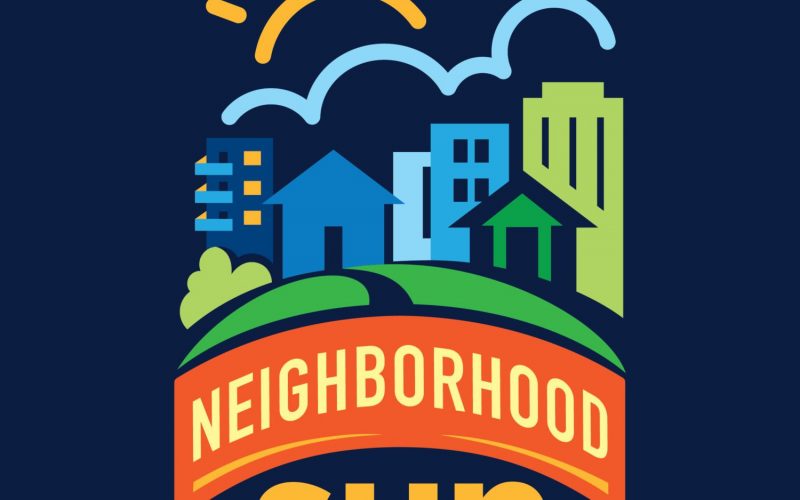
Anti-environmental legislator Wade Kach stirred a hornet’s nest of controversy recently by trying to impose a moratorium on solar development in Baltimore County. Thankfully, he was defeated, but his action is part of a growing trend across Maryland of anti-environmental politicians using the pretense of concern over open space agricultural land to prevent new solar projects in their jurisdictions. There are legitimate concerns about protecting open space and agricultural land, which should be addressed. But the cynical ploy that politicians like Kach use to pit environmental advocates against each other should be fought vigorously.
Open space and agricultural land in Maryland face several severe threats, from new shopping malls, mixed-use developments, highways, and housing developments. Unlike solar, these threats permanently remove open space and agricultural land. Focusing on solar as the only culprit in our disappearing open space and agricultural land is like removing sprinkles while eating a gallon of ice cream. By no means are solar projects the greatest threat to our open space and agricultural land.
A balanced approach is a relatively simple solution that moderate Marylanders support. We can put solar on a small percentage of our open space and agricultural land and still have a healthy growing solar market, especially with the new community solar program. One can even argue that putting solar on a plot of land protects that land from being sold to developers to build yet another strip mall or housing project. With the proliferation of community solar projects, we’ll also be bringing the promise of solar to thousands of Marylanders who otherwise cannot get solar. We’ll be addressing energy equity by offering subscriptions to low and moderate income Marylanders, who will save money and support local energy production.
If politicians like Kach truly cared about open space, let’s see them introduce legislation to ban new commercial development or housing projects. Once they do that, then we can think about a balanced approach to solar that allows Marylanders to access local clean energy without putting solar on every single open field.
If you are getting solar from: